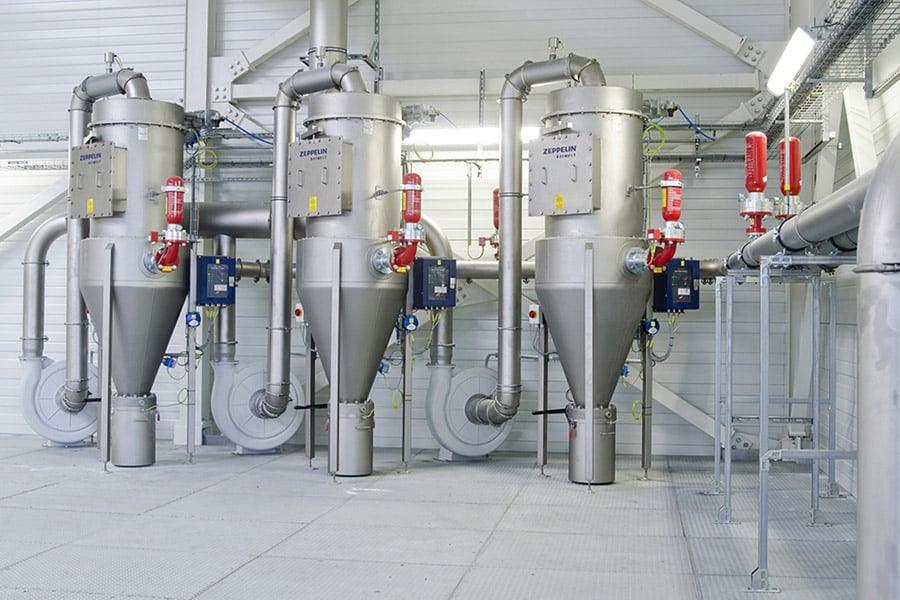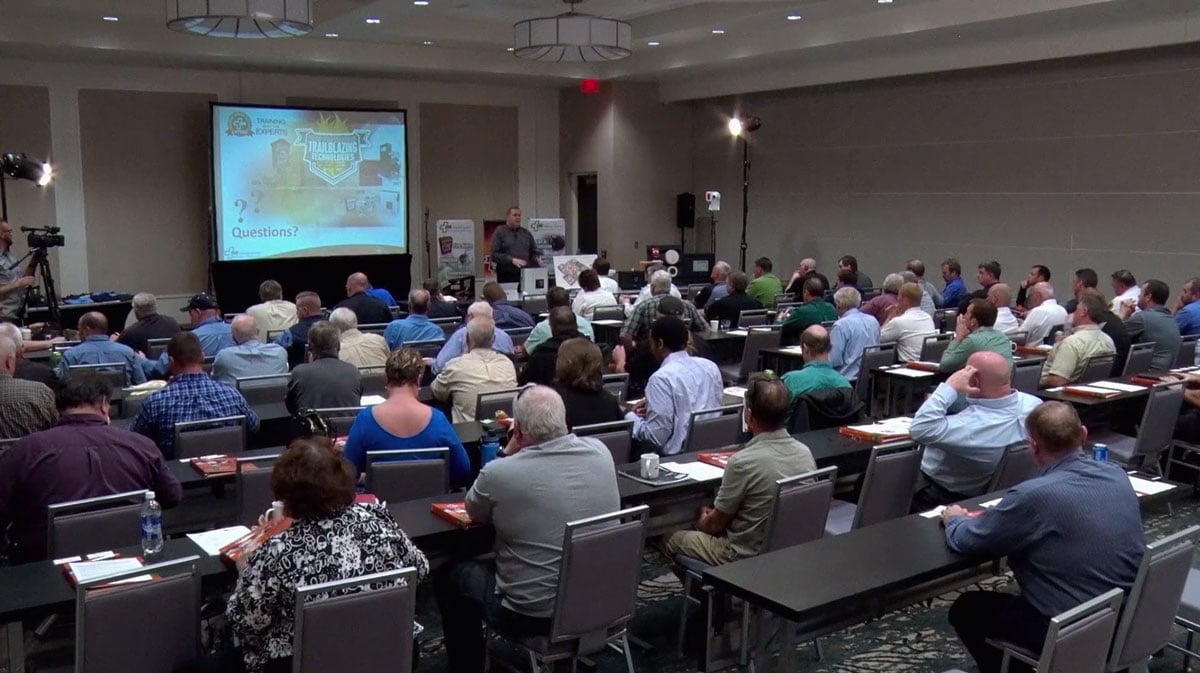ABOUT
Dust collectors work by separating particulate matter from a flowing air stream. In most instances, the process involves three stages: the trapping of dust in filters; the pneumatic cleaning of the filters periodically; and the removal of collected dust by means of a rotary valve or pneumatic conveyor. The concentration of flammable dust in and around filter elements and in the collection chambers is usually above the lower explosive limit. Periodic shaking or reverse jet pulsing produces additional dust clouds that increase the explosive hazard. All that's missing is a source of ignition.
That source of ignition could come from electrostatic discharge or spontaneous combustion, upstream equipment-sanders, grinders, dryers, or milling machines. These often provide sparks, flames or smoldering material that is carried into the collector by the air stream, touching off a devastating explosion.
CONSIDERATIONS
Dust explosions happen during the conveying, processing, pulverizing and storage of a wide range of materials. Materials such as Aluminum, Cellulose, Charcoal, Corn, Floor, Fungicides, Grain, Milk Powders, Pharmaceuticals, Plastics, Resin, Starch, Sugar and others, under the right conditions, can and will explode.
Industries such as manufacturing, wood working, sugar refining, coal power generation, painting.
PROTECTION
Explosion Protection Systems
FIRE CODES & STANDARDS
- NFPA 61: Fire & Dust Explosion Mitigation
- NFPA 654: Prevention of Fire & Dust Explosions
- NFPA 68: Deflagration Venting Protection
- NFPA 69: Explosion Prevention Systems






